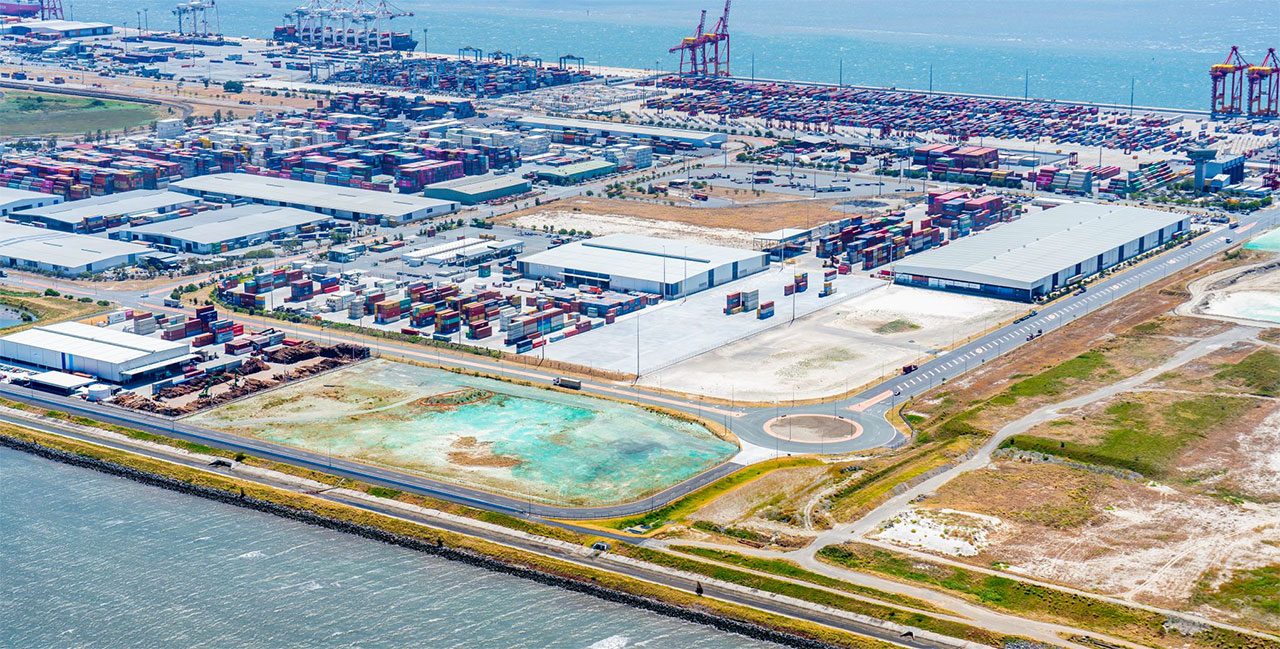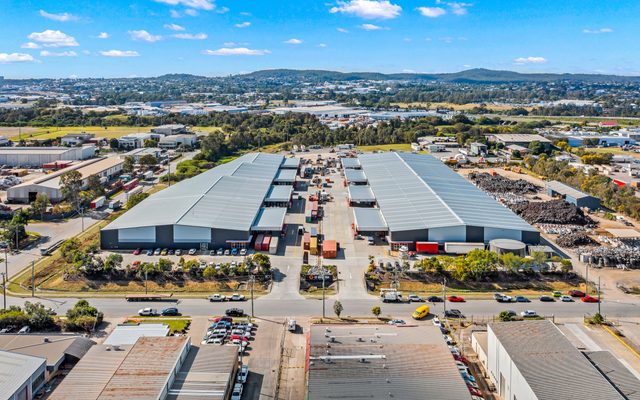This article is from the Australian Property Journal archive
THE first quarter saw continued strength in tenant activity across Brisbane’s industrial market, even with a sharp increase to the city’s vacancy rate.
According to Knight Frank’s Australian Industrial Review Q1 2024, there was 196,000sqm of take up over the period up 6% from the previous quarter and in line with the five-year average.
Over the quarter, more than 50% of leasing activity was from precommitments, at 104,290sqm.
With manufacturing the most active over the quarter, at 45% of take up, with retailers at 25% and transport at 15%.
“Of the Eastern Seaboard cities, Brisbane saw the biggest take up over Q1, while Melbourne and Sydney saw a 43% and 60% drop respectively, largely due to a lack of precommitment deals,” said Mark Clifford, head of industrial logistics at Knight Frank, Queensland.
“Despite the relatively strong take up over Q1, strong supply completions in Brisbane has seen vacancy in the industrial market rise significantly, leading to greater options for tenants.”
This comes after Brisbane was the only capital city to record a drop in industrial vacancies over the last quarter of 2023, as prime rents bounced by 15% over the year.
Over the year, available industrial space was up 153,906sqm or 50% from 309,073sqm in Q4 2023 to 462,979sqm over Q1 2024.
This is in line with the industrial markets across Australia’s eastern states with Melbourne up by 453,513sqm and Sydney up 151,703sqm.
“Available space in Brisbane’s industrial market has effectively doubled from the extreme lows of early 2023 and is back in line with the levels of early 2021,” said Jennelle Wilson, Partner, research and consulting at Knight Frank.
“The development pipeline for 2024 is sitting at 936,000sq m, on-track to match the record 909,000sq m of completions in 2023.”
Rents have remained stable over the quarter, with a 0.4% bump, despite the increase in vacancy. This reflects an increase of 6% over the year to $158 per square metre net, with average incentives also stabilising at 11% to 13%.
“Looking ahead, the gap between prime and secondary rents is expected to widen. Recently it was common for secondary assets to achieve rents very close to prime levels, but this is expected to become the exception rather than the norm over 2024,” added Wilson.
“Prime rental growth is expected to remain flat through the first half of 2024 before being drawn upwards by economic rents again in the second half of the year.”
While prime yields in Brisbane’s industrial market remained stable at 6.25% over the first quarter of 2024.




